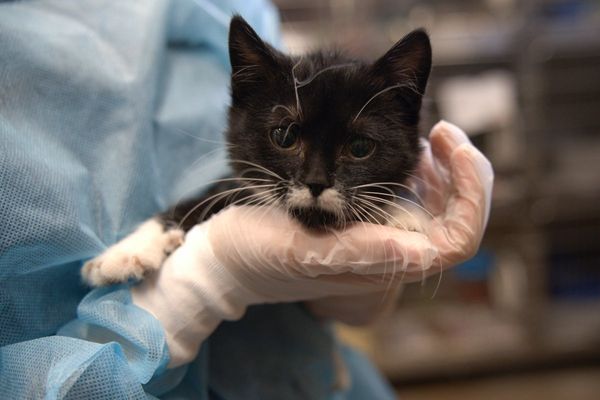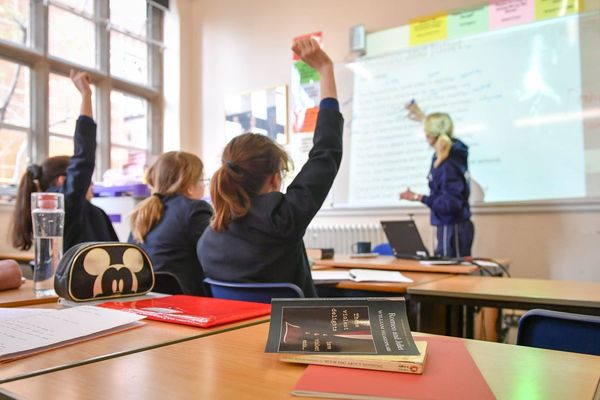
In a strong field, we may have a new contender for the biggest National Party rort yet — the Australian National Audit Office (ANAO) has found that 65% of a $1.1 billion set of grants made under five rounds of the Building Better Regions Fund (BBRF) weren’t the ones that should have been awarded under a fair and open process. And, of course, they went to National Party and Liberal electorates — all in a program that, like the sports rorts grants, was meticulously designed to bypass safeguards against pork-barrelling and hide it from scrutiny.
The auditor-general’s report details the lengths to which the Coalition government went to create a program that pretended to be about objective assessment of applications, but was mostly decided by a National Party-controlled committee, which rejected departmental advice and instead based decisions on electoral considerations, particularly ahead of the past two elections.
And while the sport rorts scandal was about a program shifted to the Australian Sports Commission in order to take it beyond the reach of the existing rules around grant allocation, the BBRF, which is still continuing now in its sixth round, was run by the Department of Infrastructure — ground zero for some of the most famous rorts and scandals of the past two decades, including the original regional rorts, the wild overpayment to a Liberal donor for land near the new Sydney airport, and the notorious car park rorts administered by Alan Tudge.
Infrastructure is subject to the Commonwealth Grants Rules and Guidelines (CGRGs), so here’s how the Coalition planned to get around them:
- Don’t let bureaucrats decide. All decisions about the annual round of grant applications were made by a panel of Coalition politicians chaired by a senior Nationals MP, which would consult with cabinet. This meant then deputy prime minister Michael McCormack for the crucial round at the end of 2018 that decided projects ahead of the 2019 election, and Barnaby Joyce for the late-2020 round that would make decisions in the run-up to the 2022 election — which Scott Morrison was considering holding in later 2021.
- Rig the criteria. While the department called for applications to be assessed based on a set of published criteria, the final criterion was “other factors”, which had some examples but was undefined and left to the ministerial panel. Some of the examples of “other factors” included “the Australian government’s priorities” and “community support for projects, which can include support from local MPs”.
The ANAO concluded “this factor was a key consideration across all previous funding rounds. While its wording suggests that the confirmation of community support would be evidenced through the application process, the ANAO’s analysis is that such support, particularly from parliamentarians, has been largely coordinated outside the application process by the chairs through their offices, and some members of the panel”. - Ignore any attempts to impose good process. The Department of Finance actually queried why Infrastructure had added this “other” criterion, and was fobbed off. The result: according to the ANAO, “the ministerial panel has increasingly relied upon the ‘other factors'” as each round went by. The result is obvious in terms of grants that weren’t approved by the department but got funded anyway.

- Hide the evidence. Under the Commonwealth Grants Rules and Guidelines, the minister for finance must be advised if a minister decides to approve an application that has been rejected by their department — thus creating a paper trail. How did they get around that? The ANAO pointed out that for rounds three and five — which were the preelection rounds — “rather than clearly identifying which applications should be successful up to the limit of the available funding, Infrastructure recommended the panel select from a ‘pool’ of projects … The significance of the changes made to the department’s approach was that, for the fifth round, there would be no circumstance in which any of the 528 applications seeking $761.4 million in grant funding that had been assessed as representing value with relevant money would need to be reported to the finance minister”.
- Don’t keep proper records: “Appropriate records were not made of the decision-making process. While not good practice in the first round, the record-keeping practices for the decision-making process deteriorated significantly in later rounds.”
- Pork-barrel like hell. The ANAO: “the Liberal Party and ALP held the greatest number of electorates associated with eligible applications (on average, each had 24 electorates, or 35% of applicable electorates). Funding outcomes were more favourable for applications from Liberal-held electorates, which received twice as many grants per electorate, with average funding per electorate being between $1.6 million (round one) and $3.1 million (round four) more than the amount awarded to ALP electorates; while the Nationals accounted for fewer electorates (16 in each round or 24% of applicable electorates), applications funded from these electorates outperformed those in Liberal Party and ALP electorates in terms of both average number of grants and value of grants.”
The lesson? You can tighten the rules around grant allocation all you like, but a determined rorter will always find a way to get around them. The only fix is to get politicians out of grant allocation entirely. They just can’t be trusted. Especially not the Nationals.







